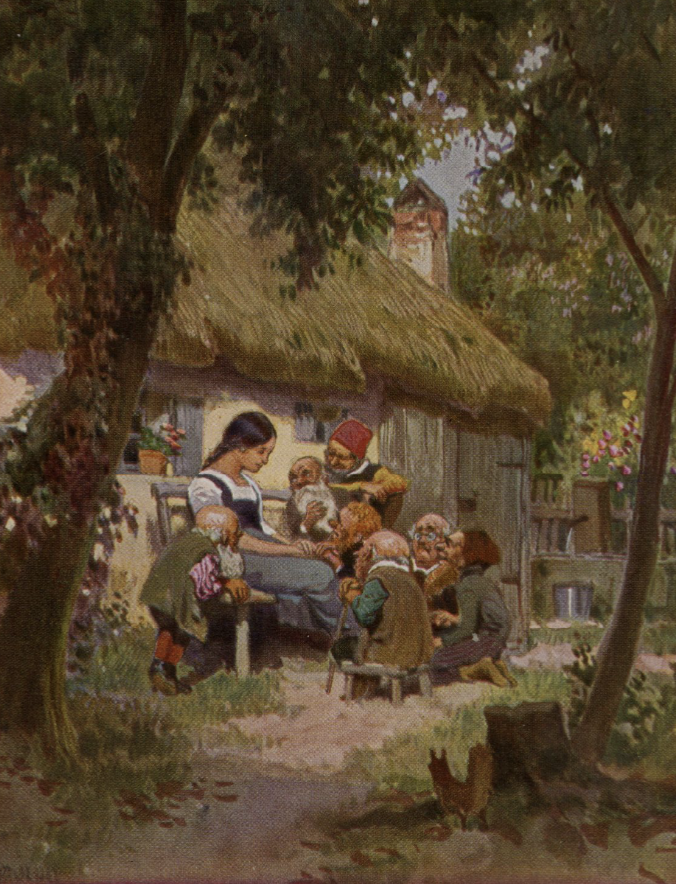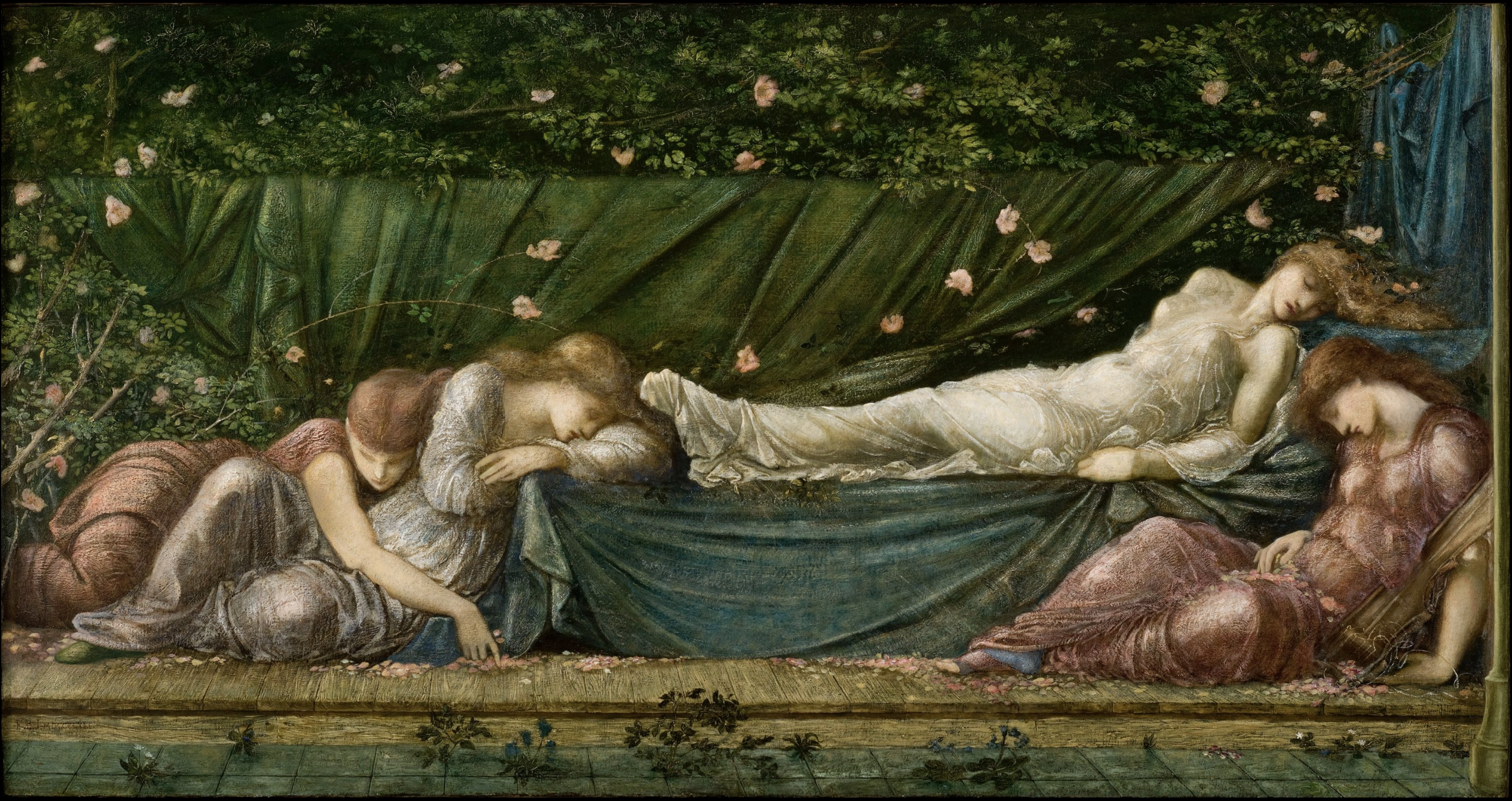Women in Folklore
- Home
- Methodologies
- Textual History
- Texts
- Analysis
- Conclusion

Welcome!
Welcome to our project! Through our digital research, we examined the representation of
women via culture and language. Using folklore and commonly known fairytales, we were
able to determine the valuation of female characteristics and understand these norms in
a broader societal lens.
Background
The gender roles of women have been predominantly enforced as submissive to their male
counterparts. This arises in real-world structures and, similarily, in the art that is
produced-- specifically, through literature. Whether explicitly or implicitly, the
characterizations of women are meant to show female readers how they're "supposed" to
behave. This is done through the innocence and purification of young, beautiful
antagonists, while simultaneously villainizing older, more "rigid" women (who happen to
be past the age of child-bearing). Folktales are a great source to examine how these
stereotypical norms are presented to readers, as they are well-known stories that arise
in a range of cultures. By looking at different translations of texts, we were able to
get a better idea of what female traits are fixed, regardless of culture, and which ones
are distinctive.

Research Questions
Our group's goal was to analyze the ways women are depicted behaving and the implications
this has on real-world readers. We ask:
How do cultural translations of folktales act as a lens on female roles in their
respective societies?
Are women depicted as autonomous or subdued? What is their societal role?
What are the different female stereotypes that are represented? Does this vary
by age?
What role do men in folktales play?
How are relationships between women represented?
What role do maternal and paternal figures play in these stories?
Meet Our Team
- Ava Downie is a freshman majoring in the Classics and Anthropology with a
minor in Mediterranean Art and Archaeology. She decided to take this class to fufill
a general education requirement and also to expand her knowledge of technology.
- Harper Morrison is a sophmore majoring in History and Art History. She took
this class for a general education requirement but has been pleasantly suprised to
find out how coding can aid her in continuing her studies in History.
- Briana Bindus is a sophomore triple-majoring in English Literature,
Communications and Philosophy. Her goal with this course was to not only fulfill a
general education requirement, but to approach her humanities research in a new
light.
- Teagan Chandler is a junior studying History and English Literature. She took
this course as a general education requirement, and also wanted to learn more about
efficient methods of researching multiple documents or historical works at
once.
- Vanessa Martocci is a junior majoring in History with a double minor in Film
and Media Studies and Nonfiction Writing. She took this course to complete a general
education requirement and along the way has picked up many new computational skills
that can be applied in many areas of her studies.
A special shoutout to our project leader Renee Dubaich; thank you for your leadership and
all of your help!

